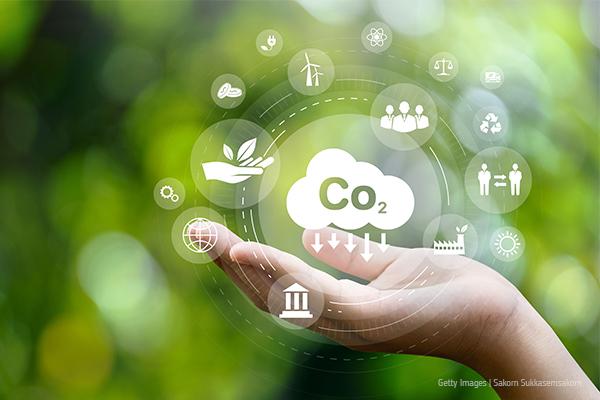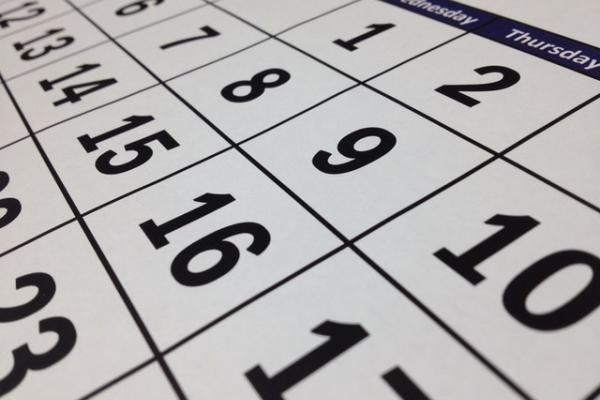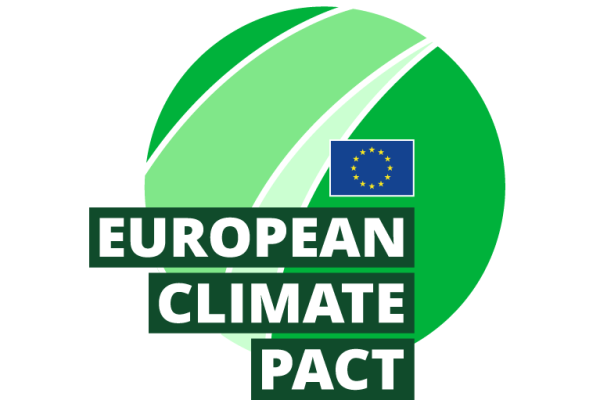News

EU emissions under the Emissions Trading System (EU ETS) have now dropped by 50% compared to 2005, with 2024 seeing another 5% reduction. Driven by a surge in renewables, the power sector led the way—while aviation emissions rose and shipping joined the system for the first time.

A new agreement between DG CLIMA and EUROCONTROL boosts efforts to tackle aviation’s full environmental impact beyond CO₂. With cutting-edge monitoring of contrails and nitrogen oxides now in focus, this collaboration marks a step toward cleaner skies and a more sustainable aviation sector.

The Commission will publish the available verified emissions data 2024 on April 4, 2025.




